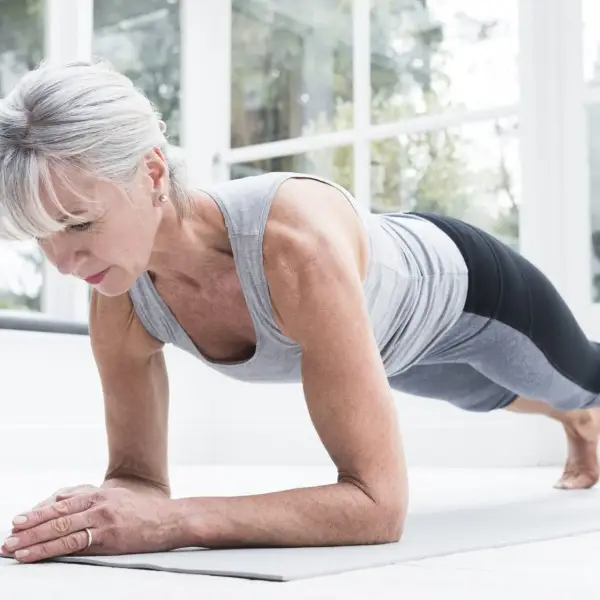Retirement Fitness: Exercise Tips for Seniors – Safeguarding Your Vigor Amidst Life’s Golden Era
byJoe Retirement Dude
Wed May 01 2024

As we enter the best years of our lives, staying active and healthy couldn’t be more important. Retirement fitness needs more attention because it helps us feel strong and happy. In this article, we will talk about safe and useful exercises for retired people, like low-impact workouts, strength training, and stretching.
1. Low-Impact Workouts: Easy and Helpful
Low-impact workouts are gentle but still work your heart, muscles, and joints. They are perfect for older people.
a. Walking: Good for Body and Mind
Walking is a simple exercise with many benefits. Regular, fast walks improve heart health, increase metabolism, and make you feel better. Enjoy exploring your surroundings while walking.
b. Swimming: Good for Your Whole Body
Swimming works your whole body and heart without hurting your joints. Enjoy moving through water and feel relaxed.
c. Tai Chi: Moving Slowly and Calmly
Tai Chi is an old Chinese exercise that combines slow movements with deep breathing. It is great for balance, flexibility, and peace of mind. Try Tai Chi to find the balance between moving and staying still.
2. Strength Training: Make Your Body Stronger
Strength training helps build muscles, strengthen bones, and can improve your flexibility. Do these exercises to feel stronger in your later years.
a. Bodyweight Exercises: Use Your Own Body
Exercises like squats, lunges, and push-ups use your body’s weight. You can choose movements to match your fitness level and get better over time. Try these exercises to build strength and promote healthy joints.
b. Resistance Bands: Stretchy and Helpful
Resistance bands are stretchy, and easy to use for strength training. Many exercises are possible, like bicep curls and seated rows. Use these bands to shape and tone your muscles.
c. Free Weights: Work with Gravity
Free weights, use gravity to help you build strength. A common example is dumbbells and kettlebells. Start with light weights and focus on good form, gradually you can work up to heavier weights as you get stronger.
3. Flexibility Exercises: Stay Limber and Balanced
Flexibility exercises help you stay loose, move easily, and keep your balance. They also make your body and mind feel calm and relaxed.
a. Yoga: Connect Body and Mind
Yoga uses breath, movement, and focus to improve flexibility, strength, and peace of mind. Try different poses and sequences based on your needs and abilities. Experience the connection between body and mind through yoga.
b. Pilates: Strengthen Your Core
Pilates uses ballet and yoga moves to work on your core muscles and flexibility. It helps with balance, posture, and coordination. Learn to move gracefully with Pilates.
c. Stretching: Make Your Muscles Longer
Stretching helps you move better, feel less tense, and have better blood flow. Add different stretches to your routine, focusing on big muscles like your hamstrings, hips, and shoulders. Enjoy the feeling of being more flexible.
In Conclusion: Retirement Fitness Helps You Feel Your Best
Retirement fitness includes different exercises that make your life better and more fun. By doing low-impact workouts, strength training, and flexibility exercises, you can improve your body and mind. Talk to your doctor, listen to your body, and change your exercise plan as needed. Enjoy retirement fitness and have a happy, healthy future.
